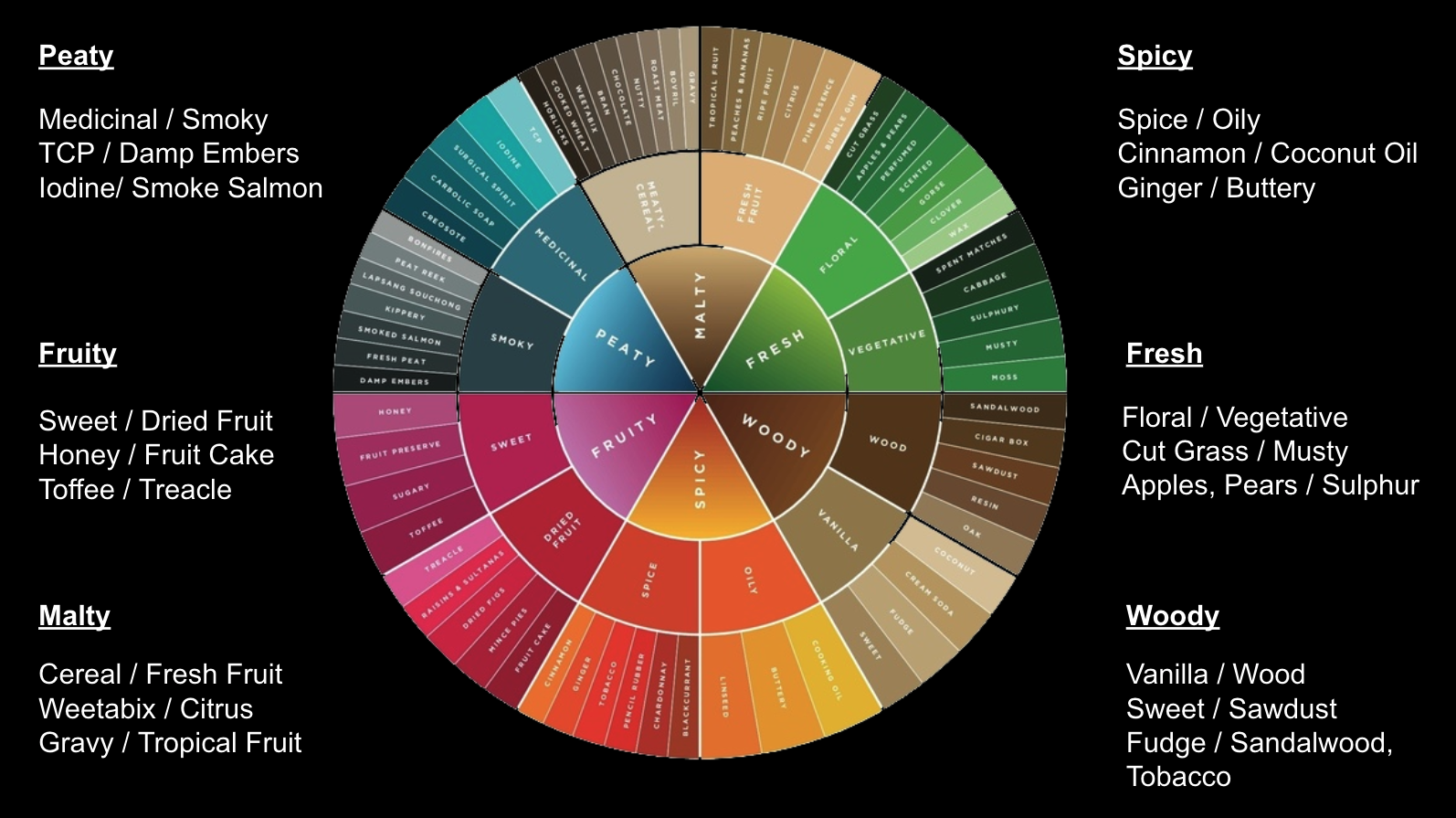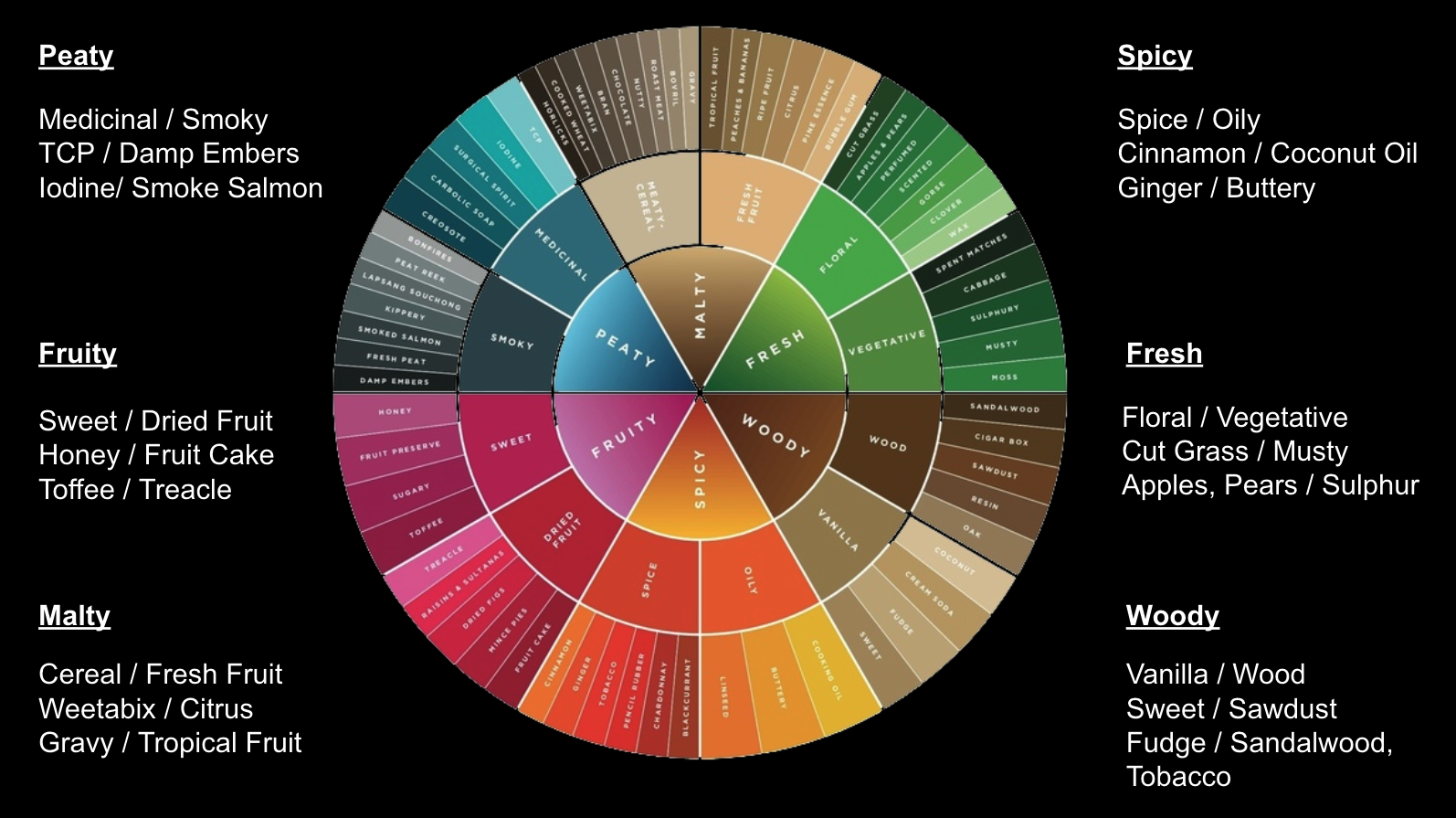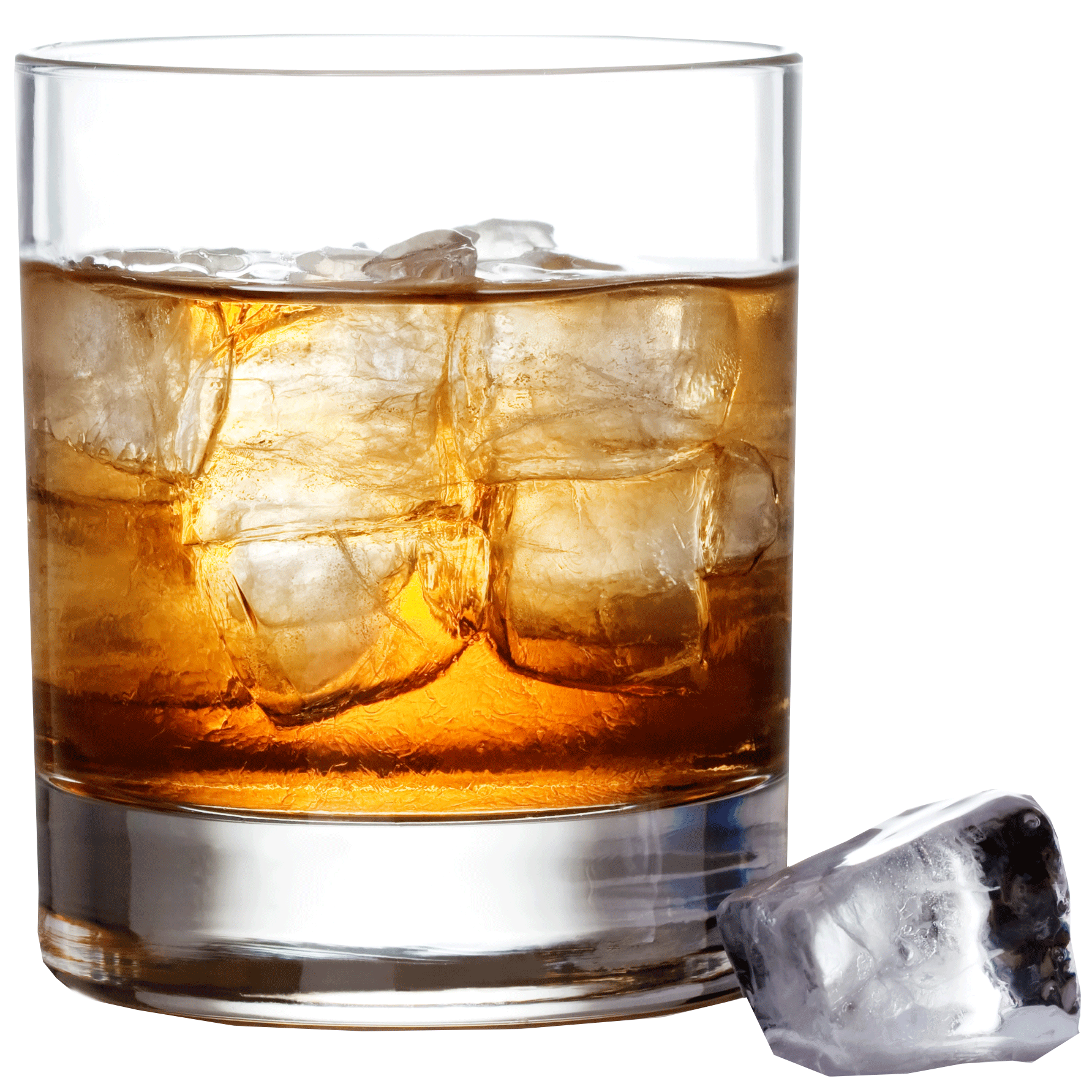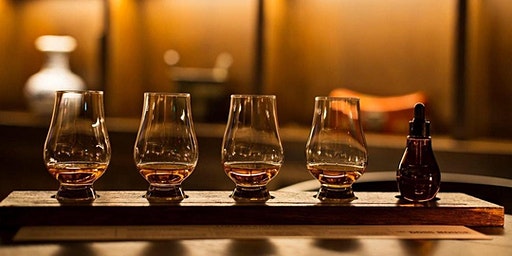How to drink like a Pro
If you're looking to become a whiskey connoisseur, then this idiot’s guide is the perfect place to start. Whether you want to learn more about tasting techniques or how to prepare for a whiskey tasting session, we'll cover all of the basics so that you can become an expert in no time. We'll look at different methods for nosesthetic perception and olfaction as well as preparing for a whiskey tasting event and identifying flavours when sampling the drink. Finally, I will provide some tips on improving your taste buds and enjoying the best out of every sip. So let’s get started!
Main Tasting Techniques
Nosesthetic Perception is the term used to describe a person’s ability to perceive and identify flavours from smell. With this tasting technique, you are able to pick up on subtle aromas that can help you distinguish one whiskey from another. To practice nosesthetic perception, start by taking a few deep breaths through your nose before each sip. This will allow you to clear your nose of any other smells so that you can focus more fully on the aroma of the drink itself. Take note of any unique notes or scents that stand out in particular and try to remember them for later use when comparing different whiskeys.
Olfaction is another important part of whiskey tasting and involves using our sense of smell in order to detect flavour components in a whiskey beverage. The olfactory bulb located at the top of your nose plays an essential role here as it allows us to interpret complex aromatic compounds present within whiskies like peat smoke, woody oak, vanilla etc.. To practice this technique effectively, hold the glass just under your nose with both nostrils open and take several slow sniffs until all desired aromas have been identified - don't be afraid if some take longer than others! Taking time between each sniff also helps keep from being overwhelmed by strong odors too quickly while allowing us enough time process their individual characteristics accurately.

Gustation is a third tasting technique which focuses on how we taste things through our tongues rather than smelling them through our noses (as with olfaction). By actively moving around small sips across all areas tongue we are able to better identify flavours such as sweetness or bitterness within whiskeys as well as picking up other details like spiciness or smokiness too! It's important not only move liquid around your entire mouth but also breathe out air whilst doing so; this helps carry volatile elements into nasal cavity where they then stimulate further scent receptors found there thus enhancing overall flavour experience even more!
Preparing to Smell and Taste Whiskey
Preparing to smell and taste whiskey is essential for any connoisseur looking to get the most out of their whiskey tasting experience. The first step when preparing is choosing the right glass, as different glasses can affect how aromas are released from the spirit. A tulip shaped glass or a Glencairn® style whiskey glass are both popular choices for enjoying single malts, allowing you to fully appreciate all that this complex drink has to offer.
Next, temperature and aeration play an important role in developing flavour complexity; whiskies should generally be served at room temperature (18-20°C) and given time to “breathe” before drinking. Whiskies aged in oak barrels will often benefit from a few minutes of decanting prior to being poured into your chosen glassware – this allows more oxygen into liquid which then helps release more intense flavours over time!
Finally, checking clarity and colour can provide useful clues about what type of whisk(e) y we’re dealing with - lighter hues such as straw yellow indicate younger spirits while darker shades like deep amber may suggest longer maturation periods. Clarity also plays part here too as clear liquors usually signify higher levels purity within them compared hazier ones which could mean lower quality ingredients were used during distillation process. All these factors combined help us determine overall character each dram before even taking our first sip!

Smelling the Whiskey
When it comes to properly sampling whiskey, adding a drop or two of water can be beneficial in releasing the full range of aromas and flavours hidden within. The addition of water will also help lower the strength of certain compounds which may otherwise overpower your senses if sampled at high proof without dilution. Once you've added a few drops, take some time to really identify all that the whiskey has to offer by using both nosesthetic perception and olfaction techniques. Start by taking several deep breaths through your nose while concentrating on any aromas that stand out; this could be anything from dried fruits such as raisins and figs to grassy notes or smoky peat depending on what type spirit you’re sampling! As you continue smelling, make sure you're paying attention to how these scents change over time so that you can get an accurate sense for each whiskey's complexity. With practice, identifying scents like these becomes easier allowing us more insight into what makes up each unique dram!

Tasting the Whiskey
Once you’ve taken a sip of your whiskey, it is important to take some time and focus on the flavours that are present. Begin by swishing the drink around in your mouth with your tongue and teeth, allowing yourself to really get acquainted with its taste. Different whiskeys have different flavour profiles ranging from sweet notes such as caramel or chocolate to oaky undertones or even smoky peat. As you move the liquid around be sure to pay attention for any subtle nuances that may arise – these can often be overlooked if rushed through too quickly!
Identifying which flavours come from which aromas can help you further appreciate each whiskey's unique makeup; for example, if you identify a grassy aroma then look out for a slightly herbal taste when tasting this could indicate presence of certain phenolic compounds within spirit itself. By actively engaging all five senses during whiskey tastings we become more familiar with how certain aromas combine together create certain tastes - something essential all aspiring connoisseurs should master!
Finally, once you’ve identified the various flavours and aromas present in your whiskey sample, take some time afterwards to reflect on what was experienced before moving onto next glass. This will not only allow us remember each dram better but also helps keep our palate fresh so that we can truly enjoy every drop of whiskey offered up in future tastings!
Now that you're a Pro!
Once you've mastered the basics of whiskey tasting, there are a few tips that can help take your skills to the next level. Firstly, having a good understanding of different styles and regions can be beneficial in distinguishing between similar drams; this knowledge will also allow you to make more informed decisions when selecting new bottles for personal collections. Secondly, keeping detailed notes on each whiskey sampled is an important way of tracking our progress over time - writing down aromas and tastes we identify during tastings as well as any ratings we give these whiskies afterwards helps create useful reference points later down line! Lastly, joining local whiskey clubs or events gives us opportunity learn from other connoisseurs while exploring interesting variety drinks themselves – not only does this provide chance socialize but it also opens up door many potential business connections too!
Learning how to smell and taste whiskey like a pro has its rewards; not only do you get appreciate all aspects what makes each individual spirit unique but becoming familiar with different production methods allows us better understand why some whiskeys cost more than others. In addition to this, being able pick out certain flavours or scents in blind tastings can really demonstrate one's skill level amongst peers which often leads greater appreciation their craft! So whether it’s for personal enjoyment or simply bragging rights among friends, taking time hone nosesthetic perception olfaction techniques before sampling whiskey will ensure that every sip taken truly enjoyable experience.
Interested in learning more? Why not book a private whiskey tasting session for your group or team here?



.png?width=75&name=potstill-e1500501269525%20(1).png)
